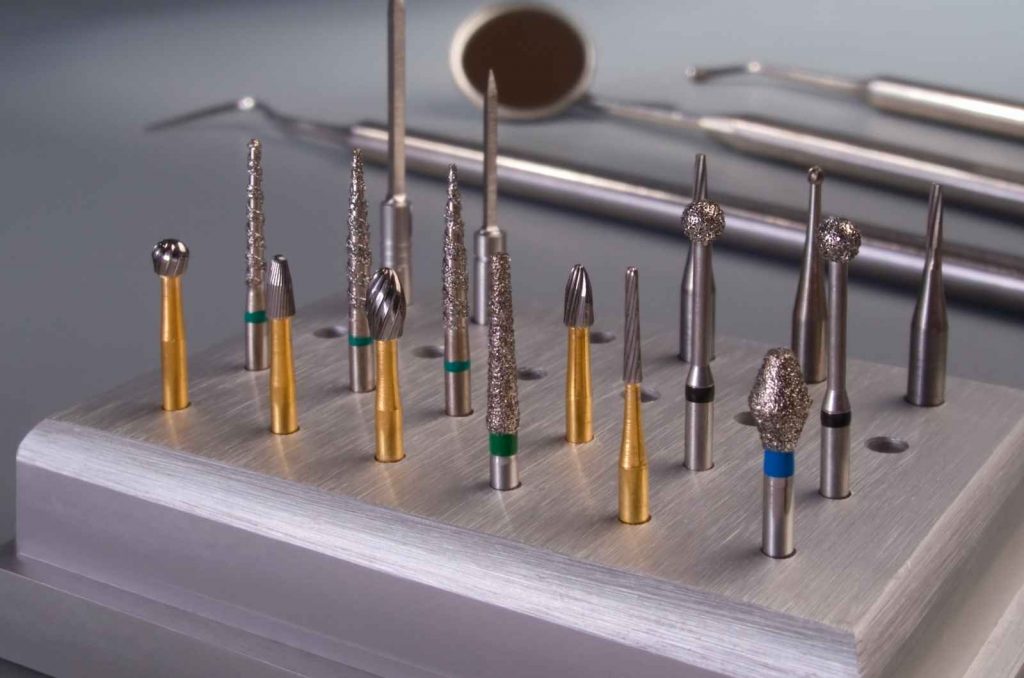
There are several types of orthodontic burs available, including multi-fluted and single-use diamond burs. Both materials are made for precision dental work and retain their edges well. Both materials are susceptible to corrosion and wear at different rates. Stainless steel is the best choice for use on the back of braces, but it can corrode. Although stainless steel is more resistant to corrosion than carbon steel, the cutting edge is less efficient than that of carbon steel.
The Brasseler USA Orthodontic Debonding Carbides are multi-fluted and are ideal for debonding after brackets have been removed. These burs minimize enamel damage and leave a smooth surface that reduces polishing time. The Ultrafine 30 blade Carbid finishing burs are great for removing cement and leaving a milled look on the tooth. These burs are also very affordable.
Interproximal reduction is ideal with inverted cone burs and round-end taper. They can also be used to cut access openings for restorations. A variety of metal- and plastic-based materials can be prepared with different burs. The round-end taper is ideal for reducing interproximal spaces. Tungsten-Carbide and acrylic burs are ideal for resin removal and tooth whitening.
Various dental burs are designed for different purposes. They come in HP, RA, and FG fittings. Inverted cone burs are suitable for undercutting the access opening for the restoration. Single-use carbide burs work well for cavity preparation. They can remove dentine. Round burs made of stainless steel have a shaft with a diamond coating and can be used for many purposes. They are used to smoothen and cut tooth structures.
A dental bur can be round, pear, or square-shaped. Each has a specific purpose. Certain shapes provide greater efficiency in certain processes. A particular task will require a specific shape. The round bur is ideally suited for cavities or creating access points for small teeth. The pear bur can be used to split the roots of smaller teeth. A round bur is best for creating undercuts and preparing surfaces for the blades used in dental extraction.
Flat-end cylinders can be used to prepare cavities, while inverted cone burs can be used to undercut dental restorations. The round-end taper bur can be used for trimming and finishing. During a surgical procedure, the cross-cut tapered fissure burs are the most preferred. These burs can be used for many different procedures. They also have different uses in the clinic.
Dental burs can be multi-purpose and single-use as well as multi-purpose. In-use burs are best for the same-use procedures and are more sanitary. For orthodontic treatment, those that require multiple-use burs will be best. They are great for removing impacted teeth, and rotary intra-oral tooth preparations. A round bur can be used for a variety of other tasks.
Among the many types of orthodontic burs, the flat-end cylinder bur is the most widely used for cavity preparations. Using an inverted cone bur is ideal for undercutting access openings for dental restorations. Both flat-end and round-end taper burs have a wide range of uses. A round-end bur is great for cavity preparation, but can be difficult to use in teeth. A flat-end bur is better for filling materials or rotary intra-oral tooth prep.
Dental burs come in many shapes. Each shape has its own advantages and you may need one for your particular case. A pear-shaped bur can be used to open cavities, while a round end bur is better for preparing roots for smaller teeth. A pear-shaped bur, on the other hand, is better for fillings.
While dental burs are generally used for tooth preparation, they are not only used in orthodontic procedures. For example, in some cases, they are used to remove old filling materials that have been left behind by cavities. In other cases, they can be used to remove dental adhesives. However, these are only a few of the types of dental burs available. You should discuss this with your orthodontist, as it is essential for the success of your treatment.
